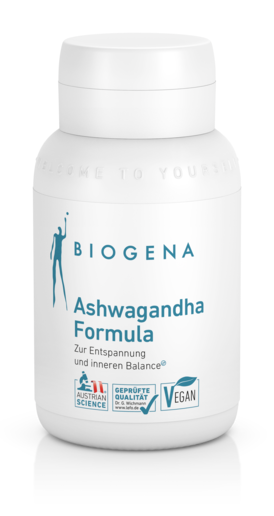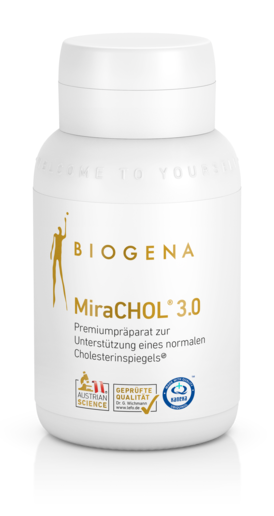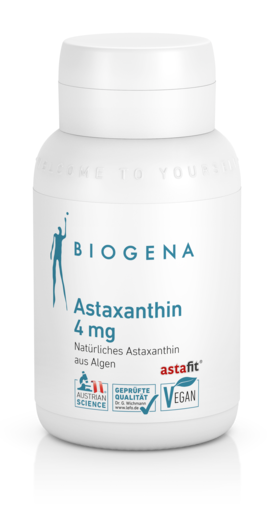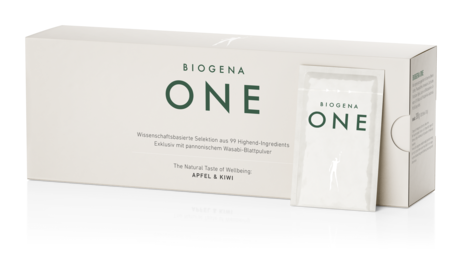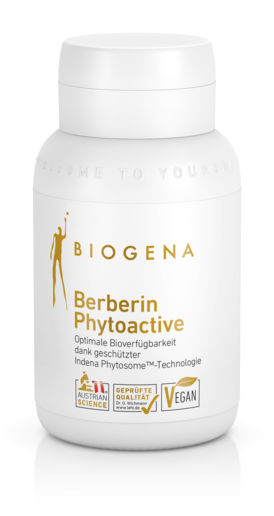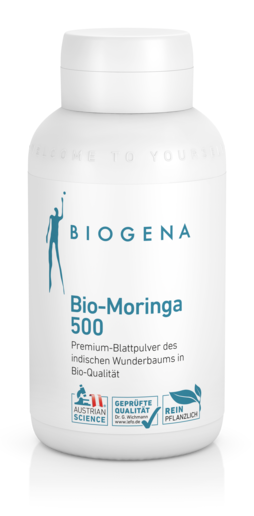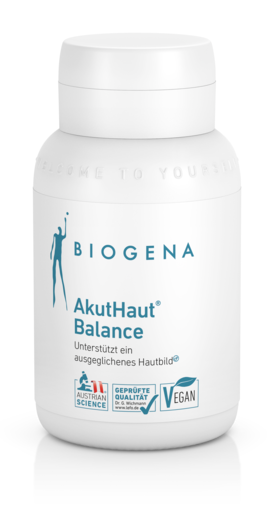Secondary plant substances
In addition to micronutrients such as vitamins and minerals, we also consume secondary plant substances through our daily diet. Secondary plant substances are also increasingly found in food supplements.



Secondary plant substances
What are secondary plant substances?
Primary and secondary plant substances are differentiated in the metabolism of plants. Primary plant substances are vital for plants. They are thus similar to fats, carbohydrates, and proteins in human food, which are converted into various metabolic processes. Plants are also known to have a so-called secondary metabolism. This is where the secondary plant substances play a role. Names like these appear in this context:
-
-
Carotenoids
-
(Poly)phenols (e.g. OPC)
-
Steroids
-
Terpenes
-
Caffeine
-
Phytosterols
-
Polyamines (e.g. spermidine)
-
Alkaloids (e.g. berberine)
-
To begin with, science could not agree as to why the plant needed secondary plant substances. They play only an indirect role in the diet and survival of the plant. However, it was recognized that secondary plant substances have an important protective function for plants. Plants use these substances to protect themselves against various external environmental influences, such as UV radiation, pests, and other harmful factors.
This significance of secondary plant substances is underscored by the fact that many of these substances are toxic. For some substances, this also applies to a certain extent to the uptake by humans. In contrast, many experts believe today that secondary plant substances can also have very positive effects on the human organism. It always depends on the individual substance and the concentration of this substance. “The dose makes the poison” always applies to secondary plant substances.
Heroes of nature
Even when the world was young, people explored their natural habitats to use selected wild plants such as herbs, berries, or mushrooms specifically for their purposes. We too find it fascinating to see what Mother Nature has to offer in her repertoire and present our “11 Heroes of Nature” in our blog.
What can secondary plant substances do for us?
Research in the area of secondary plant substances and their potential effects on the human body is not yet completed. However, some positive effects have already been proven for various plant substances.
Flavonoids, for example, are said to have an antioxidant effect. Among other things, polyphenols are thought to promote digestion. With polysaccharides, there is talk about the stimulation of the immune system. In many legumes as well as oats, substances with an anti-inflammatory effect may also be possible.
The research in this area is ongoing. For most secondary plant substances, the European Food Authority EFSA has therefore not yet been able to confirm any positive health claims. The scientific investigation of secondary plant substances is also difficult because their number is so large. There are estimated to be 100,000 different secondary plant substances, of which about 5,000 to 10,000 occur in human food.



